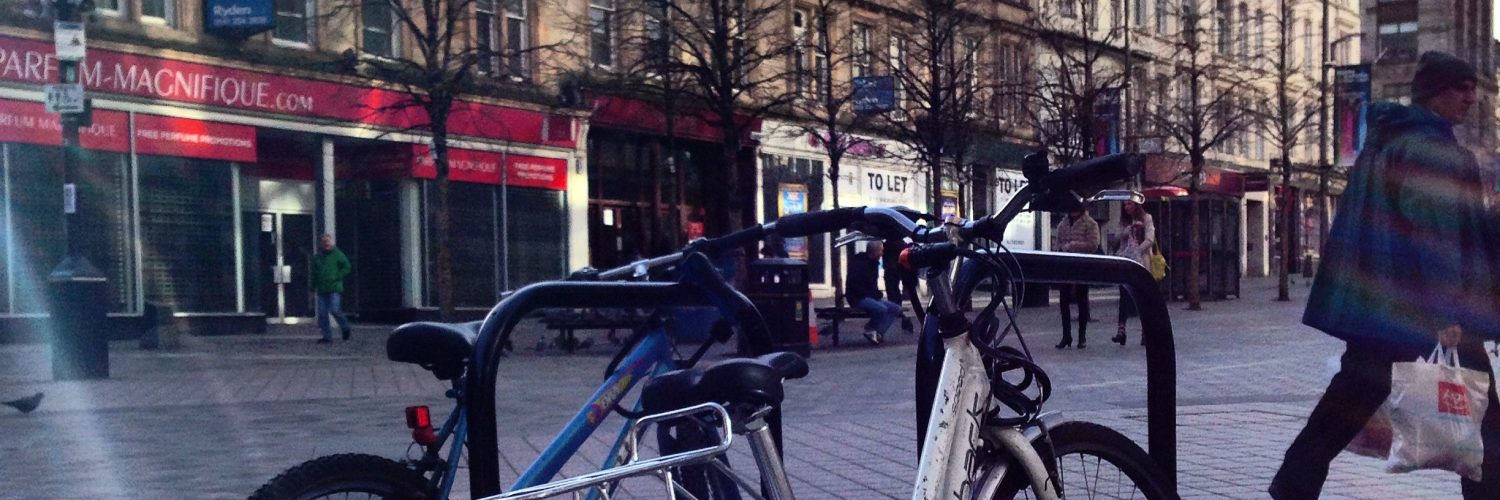Urban Space and Maps
Artigo “Away from Street Level”, mostra como a produção de mapas cria novas funções no espaço urbano a partir de uma relação mais atenta do transeunte ao “nível da rua”. Essa dimensão quotidiana do uso dos mapas remete para o uso tático do Michel De Certeau e tem sido uma das características dos processos de produção de mapas com a web 2.0. (via Emergence and urban space). Nesse sentido vejam o projeto citado nesse Carnet sobre “stickers maps”.
Trechos:
“Interactive urban maps can do more than just reveal where people or information are located. By expanding people’s awareness of the city from street level up to the bird’s-eye view and to even higher scales, maps are capable of changing the areas of urban life that are most affected by mobile communication technologies. This paper focuses on maps of spatial annotation systems (…). It illuminates how newly emerging spatio-temporal patterns of locative messages on maps introduce a new feedback between street level and higher levels of urban organization.
(…) Through feedback loops, higher-level patterns in the city influence the interactions and communication on the lower levels from which they arose (Johnson 2001, 137; Townsend 2000).
If we agree that the city is an emergent self-organizing system and that locative information (mobile messages) is an integral part of the urban metabolism, we can assume that these messages themselves (…) will (re)produce emergent self-organizing patterns on the map, constituting higher levels of organization. How the user recognizes and identifies emerging dynamic patterns is a question of map-reading fluency, analogous to the recognition of composite map marks as suggested by Robinson and Petchenik (1976).'(…)”
